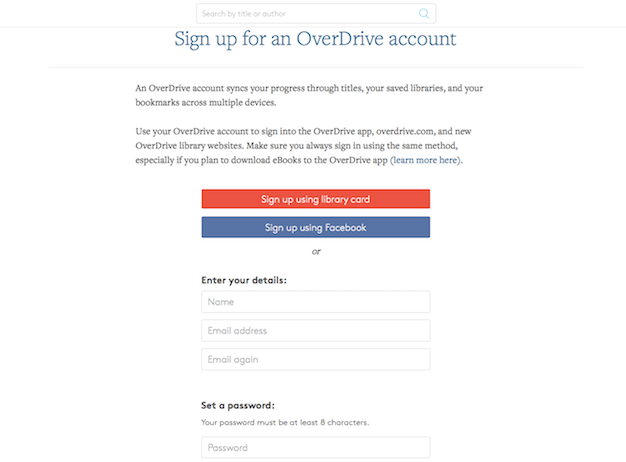This is the third post in a series featuring helpful meditation techniques. The first post focused on introducing mantras and the second post covered compassion meditation.
In previous blog posts about meditation I have discussed the benefits I have experienced by committing to a regular meditation practice, and introductions to mantras and the concept of compassion meditation. Another technique that can be used while meditating is to focus on the breath. In this article I will introduce the concept of breathing meditation and explore some simple ways to incorporate it into your own meditation practice.
What is Breathing Meditation?
In almost all forms of meditation, there is an object of focus. (There is one meditation approach that some call "do-nothing meditation" that involves letting go of any particular focus and instead allowing thoughts to come and go on their own—all while being fully aware of what is happening.) The other meditation techniques that I have introduced have involved mantras and compassion as the focus objects, and breathing meditation places its focus on the breath. There are various ways to focus on one's breath and this technique can yield many positive effects for the practitioner.
How Can Breathing Meditation Help?
There are several benefits that you may experience when practicing breathing meditation. To start with, focusing on the breath can help you reduce stress, anxiety, and negative emotions. If you struggle with any or all of these things, think about how great it would be to go through life with a sense of inner peace and a calm mind—believe it or not, that's actually achievable by sticking to a consistent meditation practice. If you're liable to lose your cool when you get frustrated, you may want to give breathing meditation a try. It can help you let things go and regain composure when tempers flare. Breathing meditation can also sharpen concentration skills, because part of the practice involves maintaining focus on one thing at a time. And these benefits don't just happen while you're on the yoga mat—practicing mindful breathing during a meditation session can actually help you cultivate mindfulness in everyday life situations as well. Focusing on something for an extended period of time can even affect your thought process. After some experience practicing breathing meditation, you may notice that your mind is less distracted by wandering thoughts. All of these benefits can lead you to live a more enjoyable life.
How to Practice Breathing Meditation
First things first, you should find a quiet, serene space in which to meditate. In order to reduce the potential for distraction, there should not be any loud noises or off-putting odors in the space. Indoor spaces do tend to have less distracting sounds, however you can always head outside if you prefer to enjoy the fresh air. Just make sure that there are not any cars or people nearby.
It's incredibly important to get as comfortable as possible at the beginning of your meditation. It really doesn't matter if you are sitting in lotus position, walking in a garden, or lying down on the couch—making sure you are comfortable in whatever position you choose for your meditation session will have a lot of influence over your experience.
Once you settle into a position, try to notice and relax your body. Begin to tune into your breath. Simply focus your attention on your breath, noting each inhale and exhale. If your mind starts to wander, that is completely fine. Distracted or uncontrolled thoughts are normal to experience, so you should not beat yourself up. Instead, gently redirect your attention back to the breathing when your mind has drifted a bit.
If you are trying to calm yourself when you are stressed, it may help to take an exaggerated, slow breath. Deeply inhale through your nostrils for several seconds, hold your breath for a few seconds, and exhale through your mouth for longer than you did when inhaling.
Another type of breathing meditation is known as pranayama, also known as the nine round breathing technique. To perform this technique, cover the left nostril and breathe in and out through the right nostril for three full breaths, including both the inhalations and exhalations. Then cover the right nostril and breathe through the left nostril for three full breaths. Finally, breathe through both nostrils for three more full breaths. At this point, you can continue your breathing meditation with other techniques.
You may begin to notice that when one breath ends, the next breath begins. Try to observe each breath without trying to change it. If you feel like you are manually controlling your breath, you can try focusing on the sensation in your nostrils or the rise and fall of your chest.
One sure-fire method you can use to focus on the breath is counting. Count one on the inhale, two on the exhale, three on the inhale, and so on up to ten. Then start back over at one. This method can help even the most distracted meditator focus on her breath.
Breathing meditation can be done its own or as a preliminary practice that helps calm the mind in preparation for more difficult meditation techniques such as reciting mantras or practicing compassion.
Conclusion
Breathing meditation is one of the easiest and most effective meditation techniques available. Focusing on the breath can help calm your mind and reduce stress and anxiety. If you're a bit of a hothead, this technique might help cool you down when your buttons are pushed. And it may help improve your concentration. No matter who you are or how much meditation experience you have, everyone has a breath that they can focus on. Breathing meditation is a simple practice that can produce excellent results. I encourage you to give it a try.
Namaste.
















